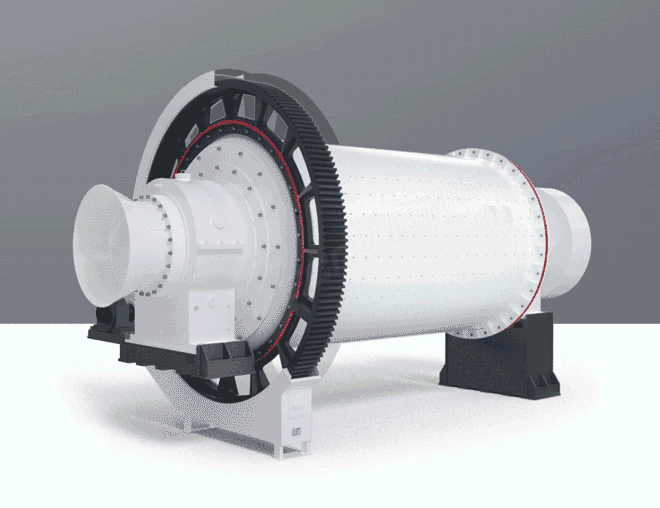A ball mill is a type of grinding mill used to grind and blend materials for use in mineral processing, and it is commonly used in the mining industry for ore grinding. When operating a ball mill, there are several important parameters to consider in order to achieve optimal performance and maximize the efficiency of the grinding process. In the case of copper ore grinding, the following parameters are crucial:
Mill Speed: The speed of the rotating mill cylinder, typically measured in revolutions per minute (RPM), is an important factor influencing the grinding efficiency. A higher mill speed can result in a greater impact force on the ore particles, leading to faster grinding. However, excessively high speeds can also cause excessive wear and reduce the lifespan of the mill liners.

Ball Size: The size of the grinding media (balls) used in the mill affects the grinding efficiency. Smaller balls are generally more effective in breaking down the ore particles, resulting in finer grinding. However, smaller balls also tend to wear out more quickly and may require more frequent replacement.
Ball Charge: The ball charge refers to the total number of grinding balls present in the mill at any given time. The optimal ball charge depends on the size distribution of the ore particles and the desired final grind size. A higher ball charge generally leads to more impacts and a finer grind, but it also increases the power consumption of the mill.
Mill Filling Level: The filling level of the mill refers to the percentage of the mill volume occupied by the grinding media and ore particles. Maintaining an appropriate mill filling level is crucial for optimal grinding performance. Overfilling the mill may cause the balls to float on top of the charge, reducing grinding efficiency, while underfilling can result in ineffective grinding due to insufficient impacts.
Feed Size: The size distribution of the ore feed to the mill affects the grinding efficiency. Finer feed particles tend to require more energy to grind, while coarser particles may result in incomplete breakage. It is important to maintain a consistent and appropriate feed size to ensure optimal grinding performance.
Mill Liner Design: The design of the mill liners plays a crucial role in the grinding process. The liners protect the mill shell from wear and impact, while also influencing the motion of the grinding media. Proper liner design can optimize the grinding performance and reduce energy consumption.
These are some of the key operating parameters to consider when operating a ball mill for grinding copper ore. It is important to note that the optimal values for these parameters may vary depending on the specific characteristics of the ore and the desired grind size. Therefore, it is recommended to conduct laboratory tests or consult with experts to determine the most suitable operating parameters for a particular milling operation.
